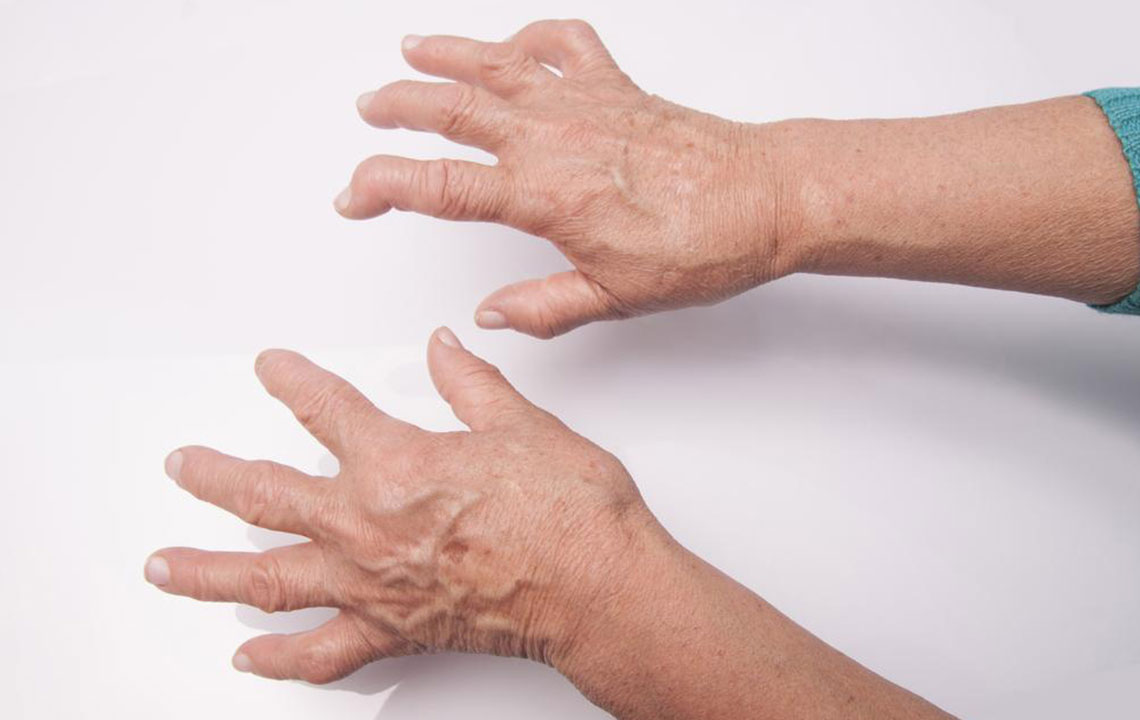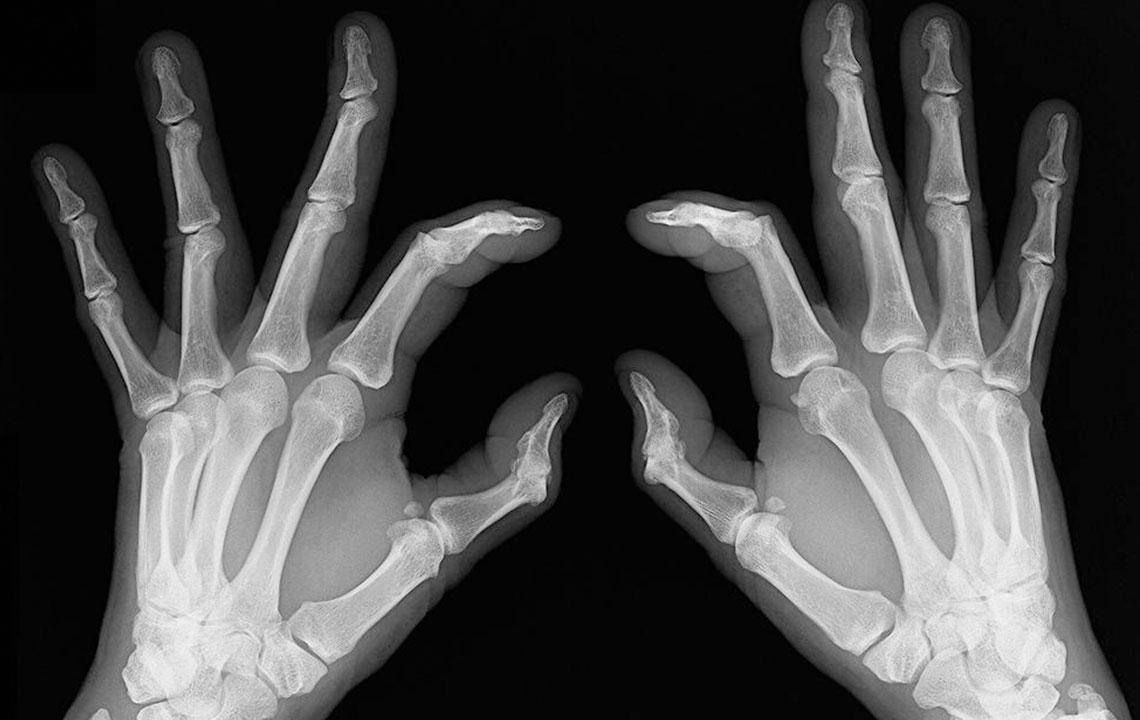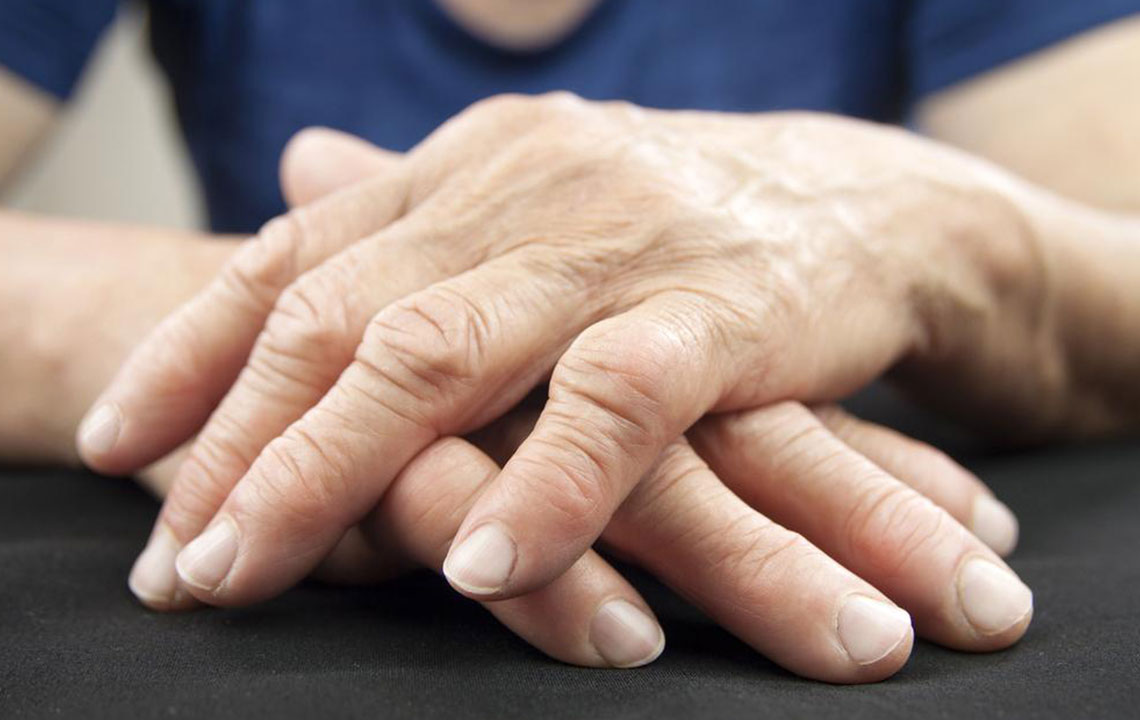Understanding Spondyloarthritis: Causes, Symptoms, Types, and Treatment Options
This article provides a comprehensive overview of spondyloarthritis, detailing its causes, symptoms, types, and management strategies. Early diagnosis and lifestyle modifications can significantly aid in controlling this inflammatory joint condition. Learn about risk factors like genetics, infections, and family history, along with effective treatments and lifestyle tips to improve quality of life.

Spondyloarthritis: An Overview of Causes, Indicators, Variants, and Care
Spondyloarthritis, commonly known as SpA, encompasses a group of inflammatory conditions affecting the spine and joints. Common forms include ankylosing spondylitis and psoriatic arthritis. The condition affects roughly 700 out of every million people, with variations in severity and type. Early detection of symptoms plays a pivotal role in effective management. Here’s what you should know about spondyloarthritis:
Genetic Predisposition: A significant number of patients carry the HLA-B27 gene marker, increasing their risk. Other genetic factors have also been linked to the condition.
Infections: Certain bacterial infections can trigger spondyloarthritis. For instance, reactive arthritis may follow urinary tract infections or gastrointestinal illnesses. Some studies suggest bacterial involvement in ankylosing spondylitis.
Associated Conditions: Psoriatic arthritis develops alongside psoriasis. Approximately 15-30% of psoriasis sufferers may develop joint inflammation. Family history also plays a role, with up to half of patients having relatives with similar conditions.
Signs and Symptoms:
Fever: Reactive arthritis often presents with fever; studies indicate about a third of affected individuals experience this symptom.
Sleep Disruptions: Severe discomfort, especially in spinal conditions like ankylosing spondylitis, often leads to sleep problems.
Mobility Issues: Diseases impacting joints and the spine can restrict movement and cause stiffness.
Swelling and Pain: Pain, swelling, and tenderness are common in the hips, knees, elbows, shoulders, and lower back. Symptoms usually worsen after prolonged inactivity.
Skin Rashes and Fatigue: Psoriatic arthritis features characteristic scaly rashes, sometimes before joint symptoms appear. General fatigue results from chronic pain and inflammation.
Types of Spondyloarthritis:
Ankylosing Spondylitis: It affects the spine and sacroiliac joints, causing persistent lower back pain, stiffness, and possibly breathing challenges if ribs are involved.
Axial Spondyloarthritis: Most common form affecting the spine, chest, and pelvis. Symptoms often begin before age 45, sometimes in adolescence.
Enteropathic Spondyloarthritis: This variant affects limb joints and the spine, occasionally associated with digestive issues.
Psoriatic Arthritis: Linked to psoriasis, it causes red, scaly skin patches and nail changes, affecting fewer joints than rheumatoid arthritis.
Reactive Arthritis: Develops after infections, with symptoms including urethritis, joint pain, and eye inflammation.
Management and Lifestyle Tips:
Physical Activity: Regular exercises like stretching, strengthening, balance, and cardio help reduce symptoms and improve mobility.
Avoid Inactivity: Long periods of sitting can worsen stiffness; standing and walking regularly are recommended.
Nutrition: Omega-3-rich foods such as salmon, mackerel, and tuna can help manage inflammation. Conversely, processed foods high in saturated fats, sugar, and salt should be avoided, as they may exacerbate symptoms.
Hydration: Staying well-hydrated supports cartilage health and alleviates discomfort.
Note:
The information provided is for educational purposes only and should not replace professional medical advice. Always consult healthcare specialists for proper diagnosis and treatment plans.










